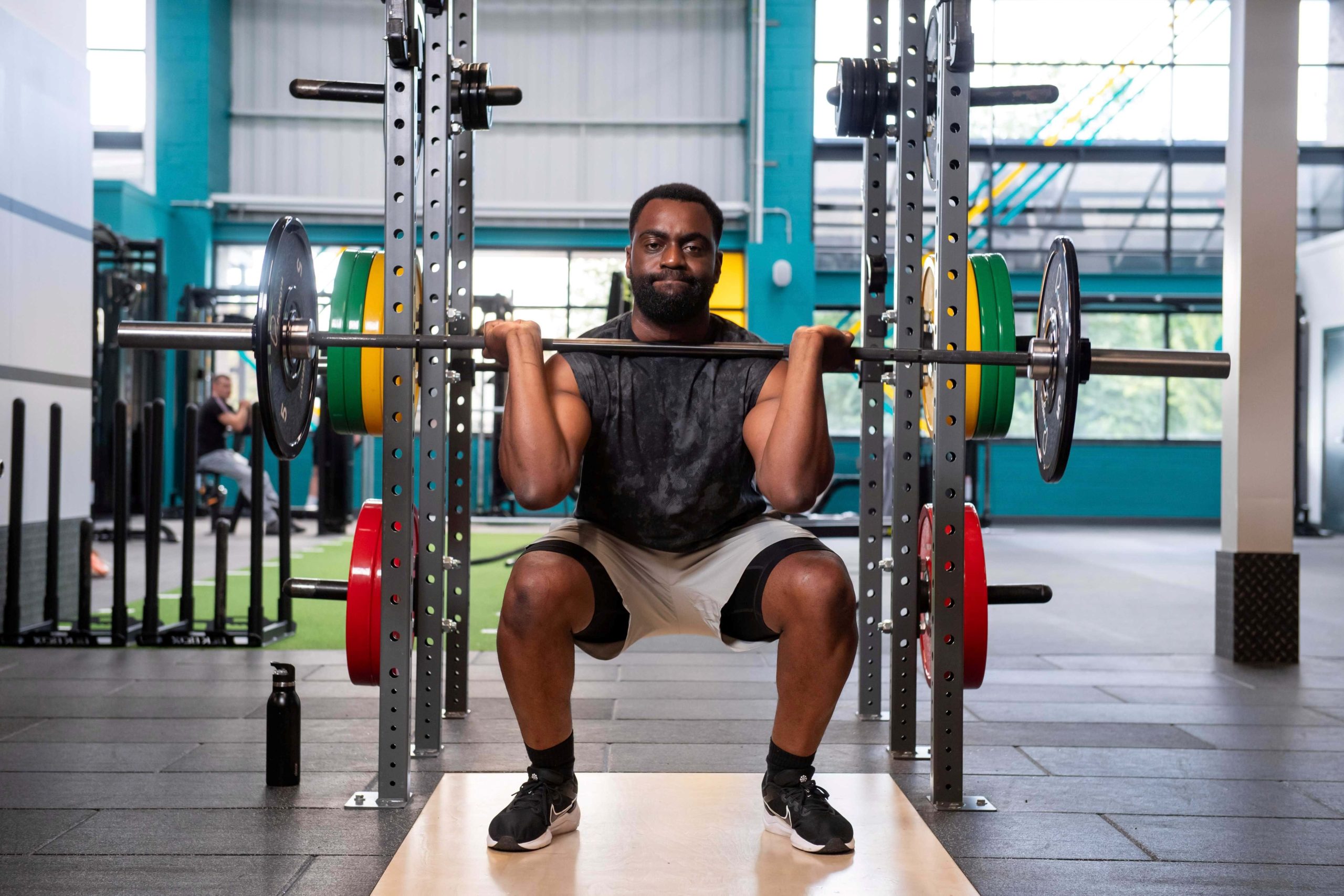Maximizing Your Ability Journey: An All-Inclusive Guide to Successful Exercise
Starting a strength journey or even reviving an old one can have a profound impact. This thorough guide is intended to give you the skills and information you need to establish and maintain a successful exercise routine, emphasizing ideas that produce long-lasting effects. We’ll explore the fundamentals of a successful fitness plan, from comprehending various exercise modalities to planning your week for maximum progress.
Understanding the Pillars of Fitness
Before diving into specific exercises, it’s crucial to grasp the fundamental components of a well-rounded fitness program. These include:
- Cardiovascular Endurance: This refers to your body’s ability to deliver oxygen to working muscles during sustained physical activity. Activities like running, cycling, swimming, and brisk walking fall into this category. Improving cardiovascular endurance boosts heart health, increases stamina, and aids in calorie expenditure.
- Strength Training: Involves using resistance to build muscle mass and increase strength. This can be achieved through bodyweight exercises, free weights, resistance bands, or machines. Strength training is vital for improving metabolism, bone density, functional movement, and preventing injuries.
- Flexibility and Mobility: Often overlooked, these aspects are crucial for maintaining a healthy range of motion in your joints, preventing stiffness, and reducing the risk of injury. Stretching, yoga, and mobility drills are excellent ways to enhance flexibility.
- Balance and Coordination: These elements contribute to overall stability and the ability to control your body’s movements. Activities like yoga, Pilates, and even simply standing on one leg can improve balance.
Designing Your Workout Program: Key Considerations
Creating a personalized workout plan requires careful thought. Consider these factors:
- Your Goals: Are you aiming for weight loss, muscle gain, improved endurance, or overall health? Your goals will dictate the focus of your workouts.
- Your Current Fitness Level: Start where you are. Overexertion too early can lead to injury and burnout. Gradually increase intensity and volume as your fitness improves.
- Time Availability: Be realistic about how much time you can dedicate to exercise each week. Consistency is more important than sporadic, intense sessions.
- Equipment Access: Do you have access to a gym, or will you be working out at home with limited equipment? Tailor your exercises to what’s available.
- Preferences: Choose activities you genuinely enjoy. This significantly increases the likelihood of sticking with your program long-term.
Structuring Your Workout Week: Sample Approaches
There’s no single “best” way to structure your workouts, but here are some popular and effective approaches:
- Full Body Workouts (2-3 times per week): Ideal for beginners or those with limited time. Each session targets all major muscle groups. This allows for adequate recovery between sessions.
- Example: Monday, Wednesday, Friday: Full Body Strength. Tuesday, Thursday: Active Recovery/Light Cardio. Weekend: Rest or longer cardio session.
- Upper/Lower Split (4 times per week): Divides strength training into upper body and lower body days. Allows for more focused attention on each muscle group.
- Example: Monday: Upper Body. Tuesday: Lower Body. Wednesday: Cardio/Rest. Thursday: Upper Body. Friday: Lower Body. Weekend: Rest/Active Recovery.
- Push/Pull/Legs (PPL) Split (3-6 times per week): A more advanced split, dividing exercises into pushing movements (chest, shoulders, triceps), pulling movements (back, biceps), and legs.
- Example: Monday: Push. Tuesday: Pull. Wednesday: Legs. Thursday: Rest. Friday: Push. Saturday: Pull. Sunday: Legs or Rest.
- Bro Split (5-6 times per week): Focuses on one or two muscle groups per session (e.g., Chest Day, Back Day). Popular among bodybuilders. Requires more gym time and may not be suitable for everyone.
Essential Elements of Every Workout Session
Each workout should ideally include:
- Warm-up (5-10 minutes): Prepares your body for exercise. Includes light cardio (e.g., jogging in place) and dynamic stretches (e.g., arm circles, leg swings).
- Main Workout (30-60 minutes): The core of your session, focusing on your chosen exercises.
- Cool-down (5-10 minutes): Gradually brings your heart rate down. Includes static stretches (holding stretches for 15-30 seconds) to improve flexibility.
Progressive Overload: The Key to Continuous Improvement
To continue seeing results, you must consistently challenge your body. This principle is known as progressive overload. Ways to achieve it include:
- Increasing Resistance/Weight: Gradually lift heavier weights or use more resistant bands.
- Increasing Repetitions: Perform more reps with the same weight.
- Increasing Sets: Add more sets of an exercise.
- Decreasing Rest Time: Reduce the time between sets.
- Improving Form: While not directly progressive overload, perfecting your form allows you to effectively challenge the target muscles.
- Increasing Frequency: Work out more often (within reasonable limits for recovery).
Nutrition and Recovery: The Unsung Heroes
No matter how well-designed your workout plan, without proper nutrition and adequate rest, your progress will be hampered.
- Nutrition: Fuel your body with a balanced diet rich in lean protein, complex carbohydrates, healthy fats, vitamins, and minerals. Hydration is also paramount.
- Recovery: Allow your muscles time to repair and grow. This means prioritizing 7-9 hours of quality sleep per night. Active recovery (light activities like walking or stretching) can also aid in muscle recovery.
Mindset and Consistency: The Long Game
Fitness is not a sprint; it’s a marathon. There will be days when motivation wanes, but consistency is the ultimate determinant of success.
- Set Realistic Goals: Celebrate small victories.
- Track Your Progress: Seeing how far you’ve come can be incredibly motivating. Keep a workout journal or use fitness apps.
- Listen to Your Body: Don’t push through pain. Rest when needed to prevent injury.
- Find an Accountability Partner: Exercising with a friend or joining a fitness group can provide motivation and support.
- Embrace the Journey: Focus on the process and the positive changes you’re experiencing, not just the end goal.
By integrating these principles into your fitness routine, you’re not just exercising; you’re investing in your long-term health and well-being. This comprehensive approach, combining diverse workout modalities with mindful nutrition and recovery, will pave the way for a stronger, healthier, and more vibrant you.







